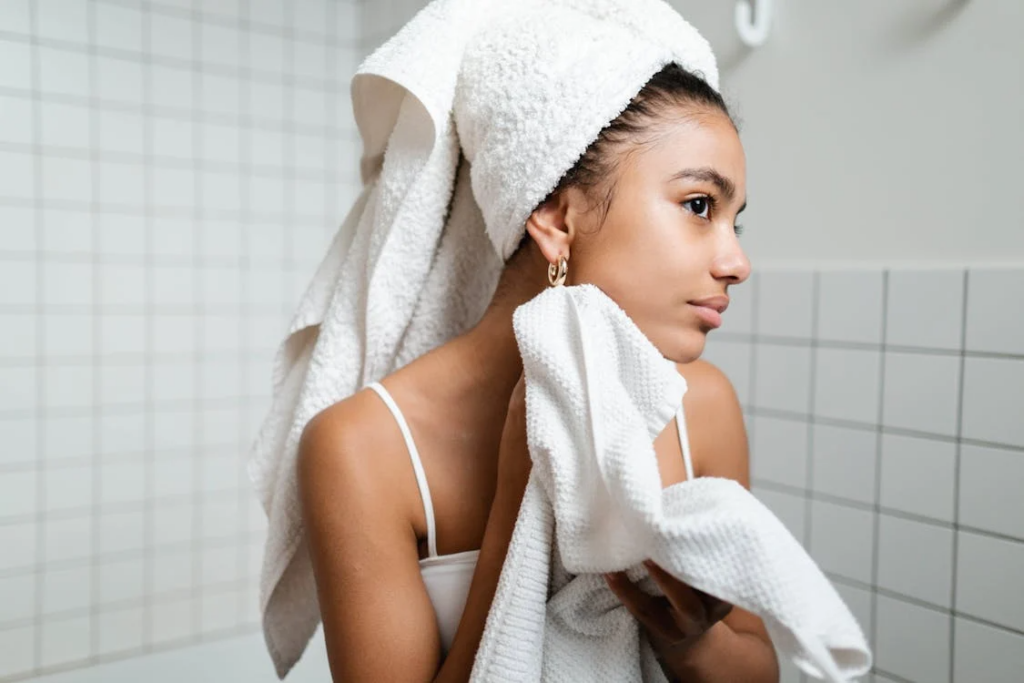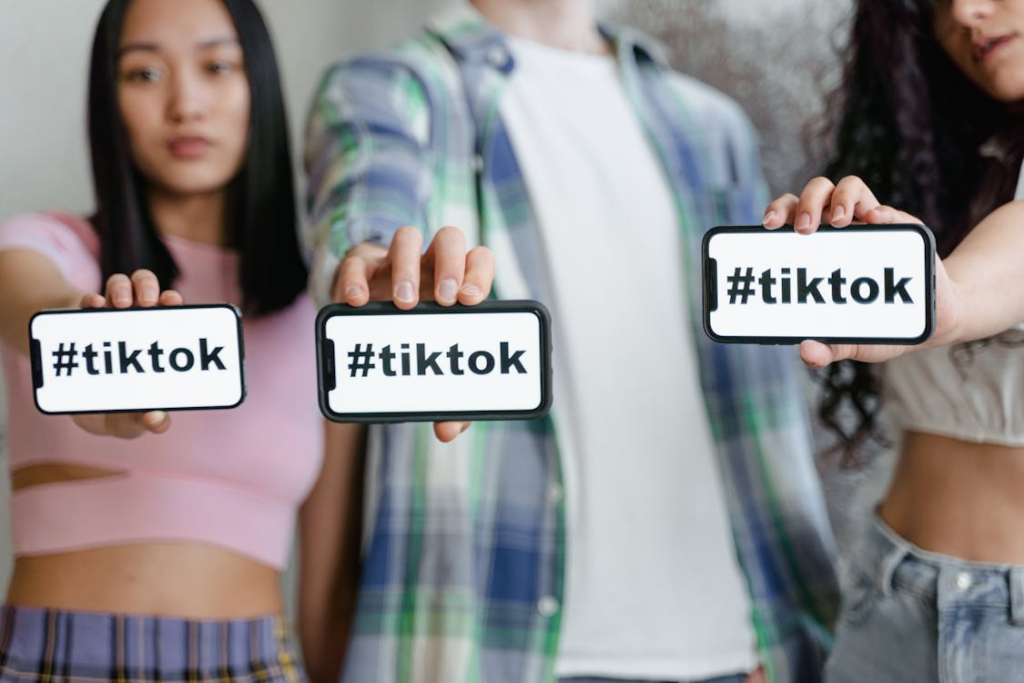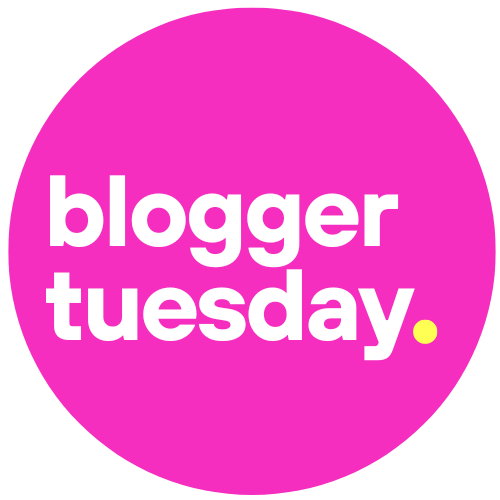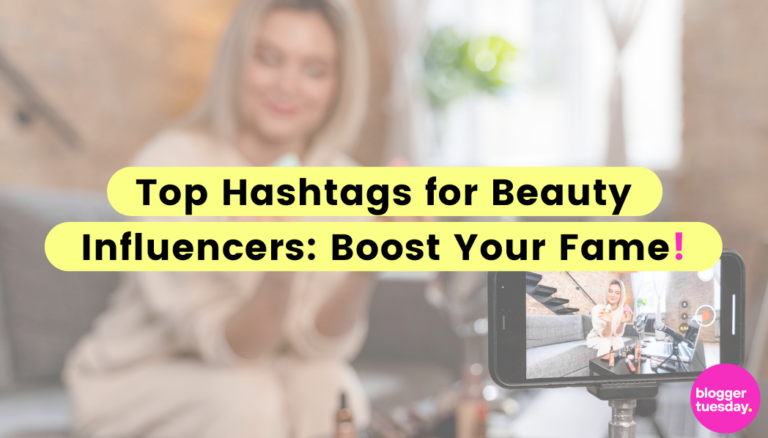
Calling all beauty influencers – do you want to increase your fame?
If you do, then hashtags could be one of the best ways to do it (and gain an edge over your competitors).
Hashtags have been around for a while but are still valuable today (despite what the naysayers might like to claim).
This guide provides all the information you need to start leveraging hashtags as a beauty influencer. You’ll learn why they matter, the most effective hashtags for beauty content, and how to maximize your visibility.
Why Hashtags Are Crucial for Beauty Influencers
Hashtags are important for beauty influencers for several reasons.
Their main advantage is that they help categorise your content. As labels, they tell social media platforms what your output is about.
With the rise of AI, Instagram, YouTube and TikTok are getting better at categorising your content automatically. However, they aren’t perfect, so including hashtags is still essential.
Furthermore, hashtags are highly effective for boosting engagement rates. They are useful when you want to tap into trending conversations or launch challenges.
You can also use them to connect with followers searching for specific makeup or skincare content. Hashtags narrow down their search and point them toward your content (provided it covers what they are looking for).
Top beauty influencers often use hashtags to jump on trends and increase their exposure on social media. Often, simply including the hashtag will dramatically improve reach (and your overall value to businesses as an influencer).
Discovering the Most Effective Hashtags for Beauty Content
So, how can you discover the most effective hashtags for beauty content?
Here’s the process we recommend following:
- Research popular beauty hashtag trends on popular social platforms
Plenty of tools can help you find what’s trending on platforms like Instagram, TikTok, and Twitter these days. These tell you what is popular right now so you can create content quickly to jump on it.
- Explore what successful beauty influencers are using for engagement
What works for the influencers at the top of your niche is also likely to work for you. Sometimes, you can follow their hashtags and use them to grab some of their audience’s energy for yourself.
- Use hashtag tools
Using hashtag generator tools like RiteTag makes it simpler to find related hashtags. These scour social platforms, seeking trends and data on what is popular now.
- Included branded hashtags
Branded hashtags are helpful in the beauty space since brands dominate the conversation. Following brands can help you identify opportunities to align with specific opportunities or campaigns.
- Study competitors’ hashtags
Find out what works for your rivals in your niche, and what doesn’t. Prioritise hashtags with proven success and avoid those that don’t generate attention.
- Look for niches with more engagement
Finally, seek hashtags in high-engagement niches, like those promoting animal welfare or K-beauty in the beauty space. These can draw large audiences quickly if timed correctly.
Just be aware that social media channels (especially those operated by Google) are against “hashtag stuffing.” Don’t add hashtags for the sake of it, or go beyond the maximum number the platform allows.
How to Combine Generic and Specific Hashtags Effectively

As you explore hashtags more, you will notice an interesting pattern: generic hashtags have high reach and high competition, while specific hashtags are the opposite.
At first, this might seem like a problem. However, you can leverage the combination of both to give yourself an unfair advantage on social platforms.
Examples of generic hashtags include:
- #beauty
- #skincare
- #hydration
- #makeup
More specific hashtags include things like:
- #routine
- #crueltyfree
- #vegan
- #organic
You can see how you could combine these two types to create brand new categories of hashtags that your audience will love.
For example, you could opt for:
- #veganbeauty
- #skincareroutine
- #organicmakeup
Notice how each of these hashtags combines generic and specific elements to better target a niche audience. Usually, you can’t immediately compete with the big creators, but you can drill down into their niches and find your sub-audience.
How many hashtags should you put on each post? It turns out there’s quite a bit of debate on this. Usually, you should aim for 5 to 10 generic hashtags and 10 to 15 more specific ones on every post. This approach provides social media SEO without coming across as “spammy.”
Experts also sometimes recommend tailoring your hashtags to your audience depending on the post. For example, if you want to target a post at a certain demographic, narrow down your hashtags for higher authority.
Note that you won’t stumble upon the perfect hashtag strategy immediately. Like everything on social media, it takes time. However, you can track performance to see which combinations of specific and general hashtags work best for your audience.
Strategies to Maximize Visibility with Trending Hashtags
The whole purpose of using trending hashtags is to maximise your visibility. Jumping on the hype train can do wonders for your channels and accounts.
But how do you do this right? Again, it requires strategy.
Act Fast
Naturally, you want to act fast to maximise visibility on trending hashtags. On some platforms, you need to react within an hour (TikTok) to get the results you want. For YouTube, you can be a little slower, but you shouldn’t wait more than a couple of days.
If you don’t act quickly, you may miss out. Your audience will wonder why you didn’t comment on a particular topic quickly, and whether you really are up to speed on matters they care about.
Monitor Trending Hashtags
You should also get into the habit of monitoring trending hashtags so you know when to respond.
These days, there are numerous tools and platforms you can use to determine the virality of a hashtag. Google Trends is perhaps the best choice because it shows you interest in a topic over time.
What’s nice about Google Trends is that it gives you the full history of online interest for particular keywords. You can look back over years to see when and how people are interested in various beauty-related concepts. Sometimes, you’ll find they are seasonal. In these cases, you need to time your content for the right time of year. Other times, they are a flash in the pan, erupting for a moment, and then falling back to baseline. These are hashtags you want to avoid (unless you think they are embarking on a new uptrend).
Use Trending Hashtag Information On Tiktok And Instagram
TikTok and Instagram tell you which hashtags are trending for higher engagement. On Instagram, you can see the hashtags trending in Stories and Reels, while on TikTok, you can see which video hashtags are performing best.
These sources of information are critical when you want to act fast and take advantage of a movement already underway (such as seasonal makeup looks or new K-beauty skincare routines).
Analyzing the Impact of Your Hashtag Choices
Once you choose hashtags for your content, you need to analyse their impact. Did they help you get more views, likes, shares, subscribers, or any other metric when you used them?
Most creators don’t go through this step and it hurts them. If you don’t evaluate the impact of your hashtag choices, you won’t know whether your strategy is effective.
The easiest way to assess hashtag choice impact is to use analytical tools, like Instagram Insights and Sprout Social. These show you the traffic and reach your hashtags generate.
Sometimes, correlating hashtag use with follower growth is also helpful. For example, you might have the hashtag #glutathione one week and discover that it increases the number of subscribers you have on the next.
Top influencers conduct A/B testing on hashtags to see which combinations are more effective. Rotating them after you publish content reveals which draw the most views or likes.
As you do more A/B testing, you will notice patterns emerging. Eventually, you will find it easier to know which hashtag combinations will perform in your niche, saving you time and energy.
You will also see which demographics respond most strongly to specific hashtags. Understanding this can help you target the right audience for the best possible results, ensuring you remain adaptable.
Leveraging Hashtags to Forge Stronger Brand Collaborations

You can also use hashtags to forge stronger bonds with brands you care about. This strategy is effective because essentially you’re giving the businesses something for free (and that doesn’t often happen in the creator space), making them more likely to work with you in the future.
The easiest way to do this is to:
- Tag brands in your posts by using their hashtag (i.e. #dior or #bobbibrown
- Engaging more with brands by commenting and sharing with their hashtag
- Create content around existing brand promotions in the beauty space
As you create more content, you will learn to use hashtags to build better relationships with brands. Over time, they may contact you and thank you for your promotional activities. They may even want to work with you if they believe you have the right image and demonstrate loyalty.
Once brands start working with you, you can showcase your collaborations via campaign hashtags. These should be unique and tell your audience that a specific piece of content is brand-led.
Tools and Resources to Find and Track Top Hashtags
Finding and tracking hashtags manually is challenging, simply because there are so many of them.
The good news is that there are plenty of tools you can use these days to track top hashtags and know what you should target.
We like:
- Hashtagify
- All Hashtag
- RiteTag
These are third-party softwares that sit outside the social media ecosystem. For example, Hashtagify functions as a hashtag search engine and analytics platform. You can use it to search for hashtags with specific keywords, find related hashtags, and look for influencers associated with specific keywords. Hashtagify has a library with over 40 million hashtags and a “café” where you can go to discuss hashtag-related strategy.
For more depth on hashtag performance, Sprout Social and Iconosquare are excellent options. Sprout Social supports multiple social media platforms, including many favorites like Twitter and LinkedIn. It also has social listening tools (to track specific hashtags) and insights, like identifying the most popular and tracking their engagement metrics.
Iconosquare focuses more on Instagram and Facebook. However, it also has specialised analytics you can use and content scheduling, which is handy.
Boost Your Influence: Start Using These Top Hashtags Today

So, which hashtags should you be using in the beauty space if you really want to stand out?
Here are some ideas to get you started:
- Generic: #nails, #hair, #glowingskin, #moisturisers, #skincareproducts, #cleanbeauty, #Instabeauty
- Specific: #hairtutorial, #retinoidcream, #vitamink, #phthalates, #shampoo, #makeupchallenge
You should also use the tools listed above to find trending hashtags in the beauty space whenever you see an opportunity. These can drive views to your pages and help you get more results.
Tips For Using Hashtags
Using hashtags correctly requires practice at the start, but you will get the hang of it over time. (we guarantee it) Eventually, it will come naturally to you as you continue your social media adventure.
- Use a mix of hashtags
Start by using a mix of generic and specific hashtags for every post. This helps with SEO while also providing your followers with more information about what you’re covering in your reels, photos, or videos.
- Add a location
If you can add a location occasionally, that can also be useful. Sometimes, audiences want to see beauty content from their area, not the whole country.
For example, suppose you own a salon in NYC and make content for Instagram. Adding the hashtag #NYCskincare could generate local interest.
- Engage with posts using the same hashtags
Finally, you can build up a community around your work by engaging with posts that use the same hashtags as you. This approach enables you to generate more organic traffic and get people interested in what you do faster.
Now You Know How To Boost Your Fame With Hashtags
After reading this guide, you should have a clearer picture of how to boost your fame with hashtags. Using the analytics tools can seem technical, but many of them have simple interfaces that let you get started quickly as a beginner. All that’s left to do is start experimenting!


